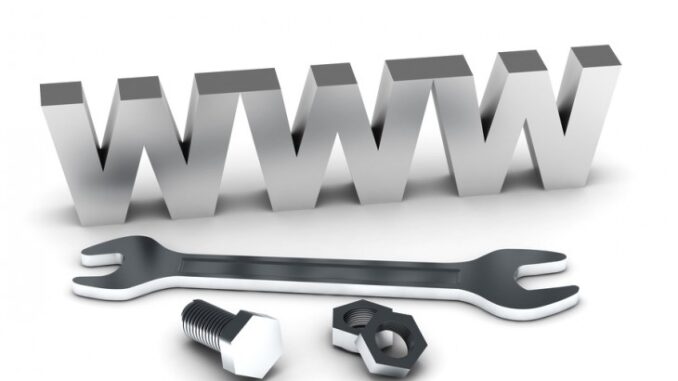
If you’re an older millennial programmer you probably remember coding websites in pure HTML. It was a tedious process of creating frames and tables with layouts breaking constantly and the overall design usually being pretty hideous compared to today’s standards. Additionally, you were typically coding for people who used a PC, as cellphones hadn’t yet acquired online access.
In today’s world though, it’s important that your website be responsive over a variety of browsers and devices and that’s where Bootstrap comes in. It’s likely that instead of someone trying to access your website exclusively on a PC, they could be using an Android device, iPhone, or tablet. A broken website on any of these devices means there is a disconnect between the business and the consumer, and could ultimately lead to lost sales.
As most websites use Bootstrap, it’s important that when you are interviewing for a position, you are well versed on the front-end framework. Here are 10 Bootstrap Framework interview questions and answers
- What is Bootstrap Framework?
Bootstrap Framework uses HTML, CSS, and JavaScript to create an intuitive responsive framework for easier and faster web development. It allows websites to be responsive and for the layout to resize elements within a page as to not overlap, or break the functions of a website.
- Why use Bootstrap Framework?
It’s open-source and allows the programmer with knowledge of basic CSS and HTML to edit. It allows for a fluid or fixed layout and works on most browsers and devices. It also has an emphasis on a mobile first approach.
- What is “Scaffolding” and why is it important?
Scaffolding is the Grid System, link style, and background. The Grid System is what allows elements within a page to be responsive on different sized devices.
- What is Normalize?
Normalize is a CSS file that allows for browser consistency. It’s an HTML5-ready alternative to resets and allows for better cross-browser use.
- What’s the difference between a fluid and fixed layout?
Fluid layouts are responsive to the device that is being used. Fluid layouts use percentiles of the screen so it looks similar across browsers and devices. Fixed layouts on the other hand can also be responsive but have a set number of pixels. Most contemporary websites used fluid layouts.
- What is a Modal Plugin?
A Modal Plugin is a child window layered over a parent window. Typically these child windows display content from another source and be used for action taking or information.
- How would you create a thumbnail?
In Bootstrap you would add an <a> tag with the class of .thumbnail around the image. It would look something like this:
<a href = “#” class = “thumbnail”>
<img src = “ploymintBoots.jpg” alt = “thumbnail”>
</a>
- What is Bootstrap Jumbotron?
It is a font setting that allows for bigger fonts for things like a landing page. To use, add the <div> container with the class of .jumbotron.
- What is Bootstrap carousel?
Carousel allows a slider to be added to a site that can contain images, video or even an iframe. The slider is dynamic and responsive to the website which makes it a versatile tool.
- Give me the basic structure of a Bootstrap Grid.
<div class = “container”>
<div class = “row”>
<div class = “col-*-*”></div>
<div class = “col-*-*”></div>
</div>
<div class = “row”>…</div>
</div>
<div class = “container”>
Bootstrap is truly a useful tool for web development. Mastering and understanding its uses will allow you to build websites in a dynamic and responsive way, making them more accessible to people around the world. The best thing of all? It’s so simple it does most of the work for you.
